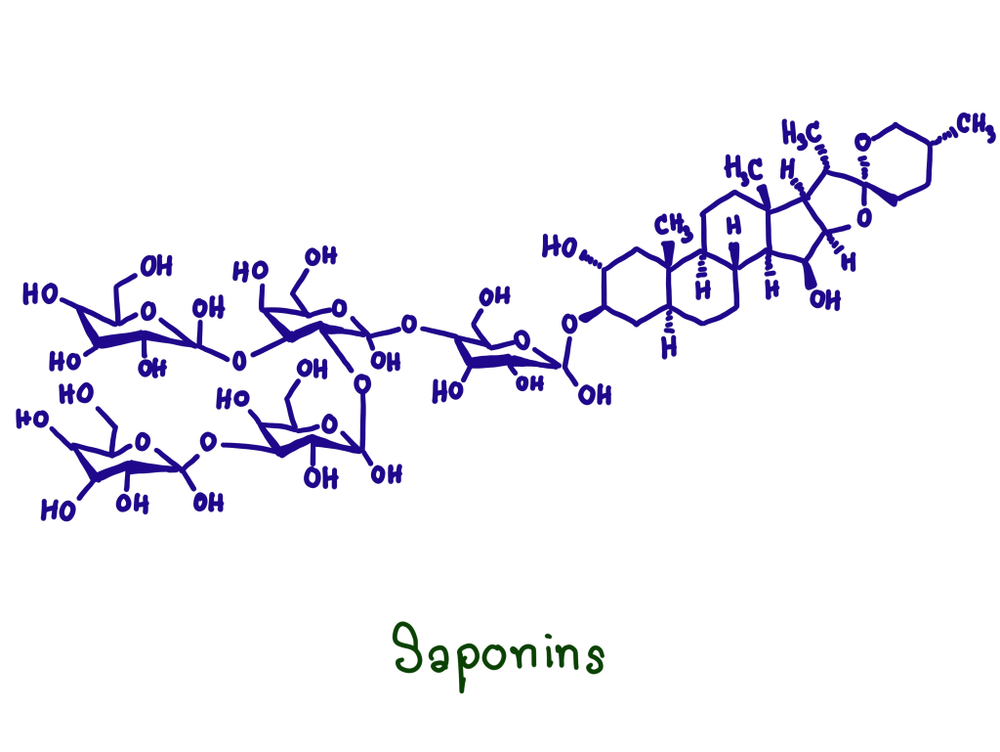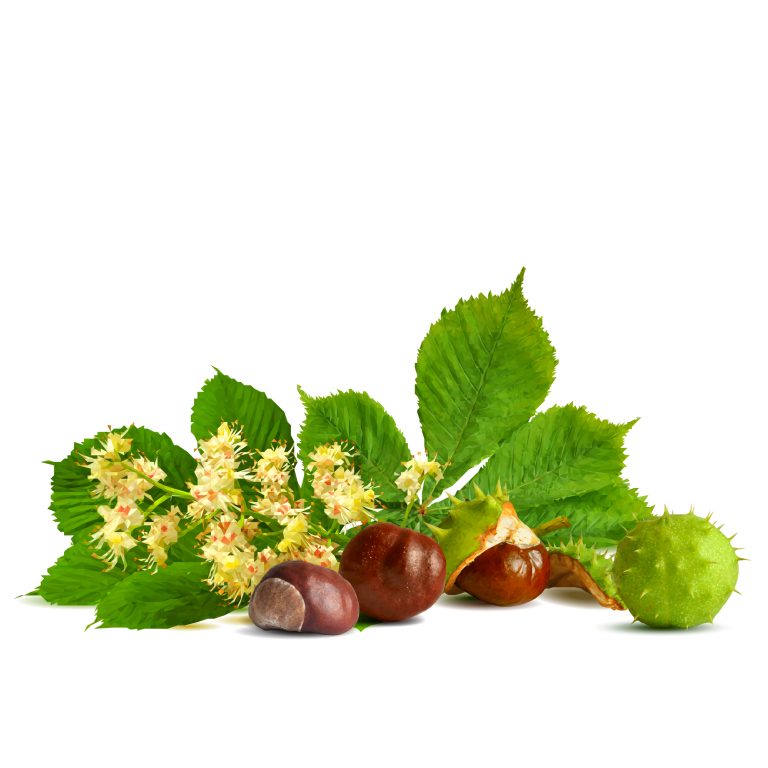A chestnut tree is a tree of which almost every part is used in medicine and cosmetology. What properties does chestnut extract have? Why are chestnut-based varicose veins and ointments so popular?
Chestnut origin
The chestnut tree is widely known for its beautiful flowers traditionally announcing the arrival of maturity time and shaped smooth fruit, which is a symbol of the arrival of autumn. But chestnut has much more to offer.
Almost every part of this plant contains valuable substances. Bark, unripe fruit, white flowers and seeds are the source of triterpene saponins, of which the most important and most valued is escin. Other compounds contained in them having a beneficial effect on health are coumarins, flavonoids, phenolic acids, tannins. The seeds also contain carotenoids, sterols, sugars, starch and minerals. In medicine and the cosmetics industry, chestnut flowers and bark are most often used as a raw material due to their composition and high concentration of valuable substances.
The compounds contained in the extract of chestnut seeds have wide effectiveness in inhibiting the development of inflammation, have anti-exudative and astringent properties, seal the walls of blood vessels and restore their elasticity, inhibit the formation of oedema, reduce pain, act as an anticoagulant and increase proper blood supply to tissues.

Chestnut tree strengthens blood vessels
It is an important component of cosmetic lines for capillary skin. Creams, balms and masks based on chestnut extract naturally inhibit the formation of spider veins. It is thanks to escin, flavonoids and coumarin, which strengthen the walls of the vessels and seal them while reducing their tendency to crack. Chestnut extract can also be found in cosmetics that improve skin tone.
Chestnut has an anticoagulant effect
Escin and flavonoids reduce blood viscosity facilitating its flow. They also affect the delay of coagulation processes, which results in improved blood flow and prevents the formation of blood clots inside the blood vessels. This property of chestnut extract has been used in haemorrhoids medications in the treatment of venous stasis, for blood supply disorders and in the treatment of thrombophlebitis.
A chestnut tree for swelling
Chestnut substances that seal blood vessels and strengthen their walls also prevent blood plasma from exuding the vessels to surrounding tissues. Ointments and gels for chestnut swelling relieve the feeling of so-called heavy legs, soreness, reduce swelling and improve the condition of the blood vessels on the legs. They are recommended for people with a predisposition to the formation of swelling, e.g. those staying for a long time in a sitting position or working standing up.
Chestnut extract as medicine for hematomas, tendonitis and frostbite
The substances contained in chestnut have anti-inflammatory, astringent, improve blood flow and antibacterial properties. They are used to treat skin damage, such as bruises, frostbite or minor burns. Preparations based on chestnut are also recommended for relieving the symptoms of tendinitis. For treatment, compresses from infusions of flowers, chestnut leaves or chestnut leaves are used, which reduce hematomas and swelling, accelerate the absorption of exudates and improve blood circulation in the skin.
Cosmetics with chestnut for cellulite
The anti-swelling effect of chestnut extract, which simultaneously improves microcirculation and seals blood vessels, has been used to counteract cellulite. Massage using cellulite cosmetics based on chestnut facilitates the removal of toxins from the subcutaneous tissue, which translates in a reduction of orange peel.






